I failed my botany class in college. I ended up with a 24% and I was trying. I was studying and going to classes, and giving BIOL 331: PLANT IDENTIFICATION my best college try. It’s the only class I ever failed.
In the lab, I would squint at random plant mush under the microscope in a fruitless1 attempt to determine whether the flower’s ovule was curved or straight. Then I’d crack open my dichotomous key2. If the ovules were curved, I was to turn to page 271. If straight: page 716. I couldn’t even identify an ovule, let alone determine its curvature, so I’d mentally flip a coin and turn to page 271 only to be asked another question I couldn’t answer. Then, I’d fail my quiz and head off to my next class.3
I never did figure out the difference between serrated and separated leaves.
My botany failures continued outside the classroom. Once, while living in Las Vegas, I killed a cactus ONE DAY after purchasing it. I hate bugs on houseplants and slugs in the garden. I can’t arrange bouquets. Greenhouses stink.
If a vase of flowers ever shows up at our house, my cat immediately knocks the whole contraption to the ground - one of his many fine qualities.
A place to explore: Botanica in Wichita, Kansas
And yet, I enjoyed Botanica.
Botanica is a lovely space in the middle of Wichita with nearly twenty acres of gardens. They also have over 4,000 unique plant species, which was fine because I didn’t have to categorize them.
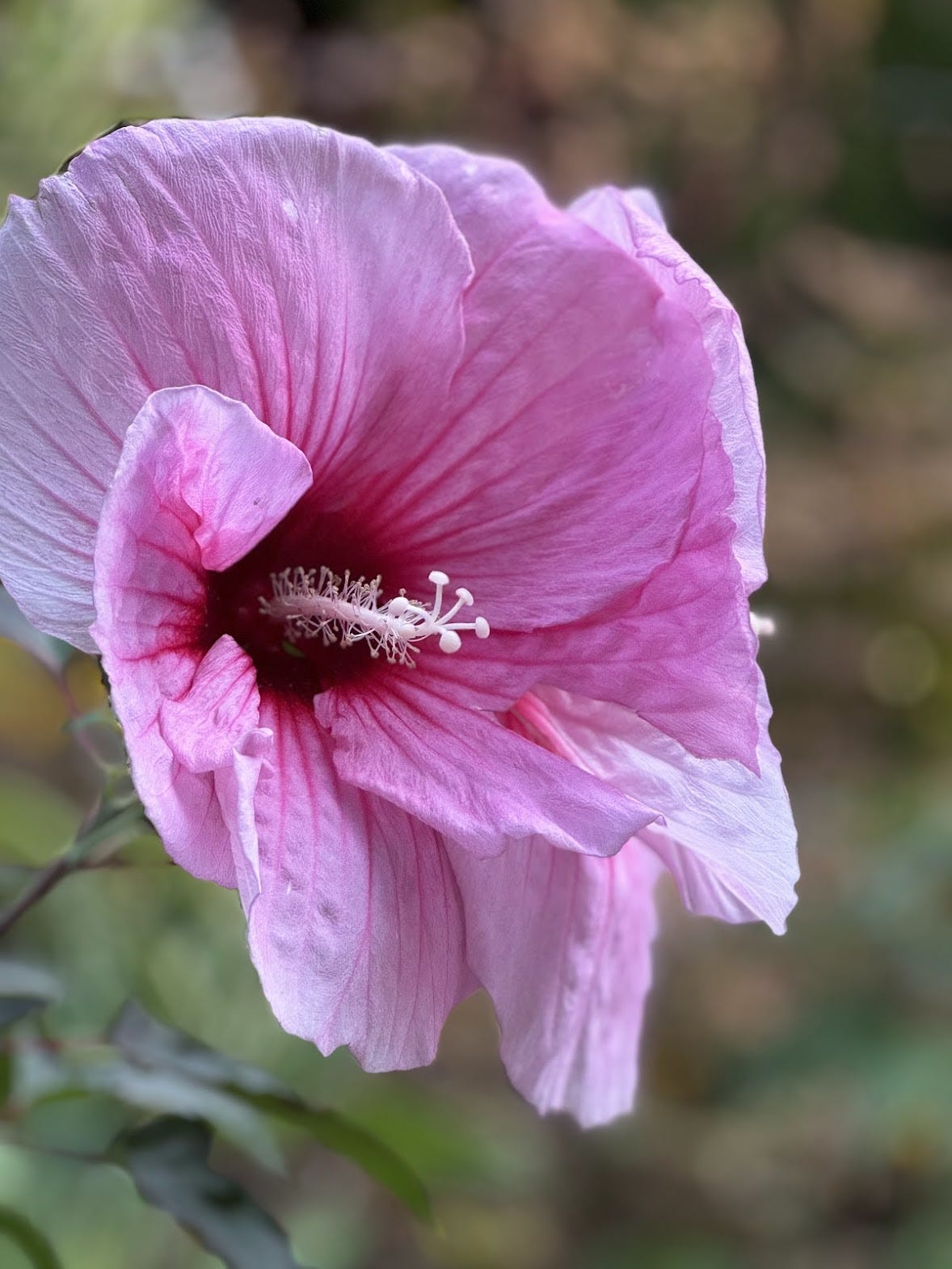
I went to Botanica last August on a Tuesday night to take advantage of their extended evening hours. I felt ten degrees cooler the moment I stepped into the gardens. Paths through flowers dipped beneath big trees casting shade across the gardens. It was peaceful and lovely, probably because I avoided all signs featuring Latin words and there were no dichotomous keys in sight.
I carefully stepped through a butterfly garden, sat by a fountain, and watched the setting sun shine it’s last rays on rows of lavender bushes (even I can identify lavender) as bees took in their fill for the night.
After strolling through the main gardens, I found the Children’s Garden, which is just as whimsical and delightful as you’d hope, complete with a yellow brick road and the rainbow you often see on Wichita promotional material. There are treehouses, sleeping giants, tree trunks for climbing on, and a little brook of water.
Further on was a carousel. Vanessa, a Wichita friend I’d made earlier that day, had told me about how the carousel used to be part of Joyland, an erstwhile amusement park that closed in 2006. Check out Vanessa’s blog One Delightful Life for all the Kansas and travel content.
The carousel is part of the Koch Carousel Gardens. Obviously I have feelings and more feelings about the Koch Family Foundation, but setting that aside, the carousel garden section of Botanica is nice. There is a huge lawn, a stage, and obvious spots for food trunks and lawn games. It seems like a great spot to see a concert.
During the winter, Botanica is only open until 5, so hopefully you can go during those summertime extended hours next year. It’s a perfect little oasis.
A book to read: The Signature of All Things
I read everything Elizabeth Gilbert publishes, and in 2013 she published The Signature of All Things. I bought the damn book, even though it was all about plants.
My annoyance faded by the second paragraph though, because Elizabeth Gilbert can make anything delightful. Even botany. She spun a thrilling tale about Alma Whittaker. Born in 1800 to demanding and wealthy parents, Alma received an extraordinary education and put it to use. She studied moss and evolution and unrequited love. Alma’s family and friends were complicated, her travels took her to the moss covered caves of Tahiti, and her whole life is full of both wonder and exacting evidence.
I also loved how in BIG MAGIC, Gilbert’s book on writing, she tells the story of how she came to write THE SIGNATURE OF ALL THINGS. Wanting to write a novel and lacking a whoosh of inspiration, Liz turned to her curiosity. She had a mild desire to start gardening, so she did. Then she started researching plants. Her research took her around the world, and there ya go - a book.
I also heard an interview with Liz and she joked about how Alma was born in 1800 so Liz would always know how old she was. I decided to use this trick in a historical fiction book that I’m writing. My main character was born in 1882, exactly 100 years before I was born. Therefore, I intimately know that she was ten in ‘92 and 18 in ‘00. The American Civil War (‘61 - ‘65) is as far away to my main character as the Vietnam War is to me. I love author tricks :)
If you also love Elizabeth Gilbert, she is indeed here on Substack:
A lesson to teach: Abolition
Thinking about my botany failures, I feel that the biggest lesson of this newsletter is that it’s great for teachers to fail at something.
I always did pretty well at school and consequently enjoyed it. This is not the experience of half (most?) of my students, so having failed a class provides me a modicum of insight into what it’s like to try and try and fail and fail at something. That insight has been much more valuable than the ability to locate ovules inside flowers, so thanks Botany.
However, I like to share classroom resources here and I don’t have a ready-to-teach lesson failure.
I also have zero resources for how to teach anything about botany.
Therefore, I’m going to focus on a different element of THE SIGNATURE OF ALL THINGS: abolition. In one scene, Alma’s adopted sister Prudence quietly and impressively takes down a “scientist” who’s published nonsense about people of different races being different species. Abolition also factors heavily into the end of the book.
While teaching about the Columbian Exchange and Trans-Atlantic Slavery this week, I had my students read a short excerpt from Olaudah Equiano’s account of a slave ship. Equiano was captured in Africa, enslaved, and later wrote a book about the experience. It’s the easiest-to-find primary source written by someone who’d been enslaved.
Equiano’s book was instrumental in William Wilberforce’s quest to end the slave trade in Britain, a feat that was the subject of the 2006 movie AMAZING GRACE. I have nothing but love for Wilberforce, but I like to focus lessons on Africans who were instrumental in ending the slave trade (see: my unit plan on the Haitian Revolution), so I show my students a couple of clips from the movie in which Equiano’s character is present. Here are the student questions I wrote for those scenes, along with timestamps from the movie. You should be able to get through the movie clips in one 50-minute class period with plenty of time for discussion.
If you purchase a book through the Bookshop links on this post, you’ll be supporting me, and an independent bookstore. Thank you!
My trip to Wichita was hosted by The Matador Network and The Kansas Chamber of Commerce.
Ha!
Which is essentially a flow chart, but the size of a dictionary
I felt similar levels of bafflement last week when attending a “makeup workshop” hosted by my daughter’s cheer team as the makeup artist explained how to blend three colors of eyeshadow into the .5 square inch that is my kid’s eyelid.

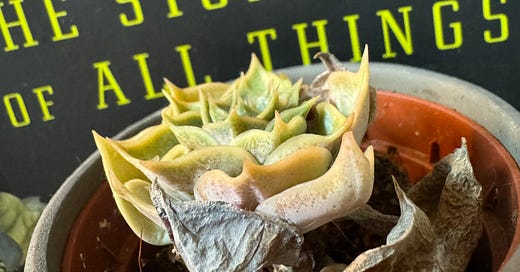

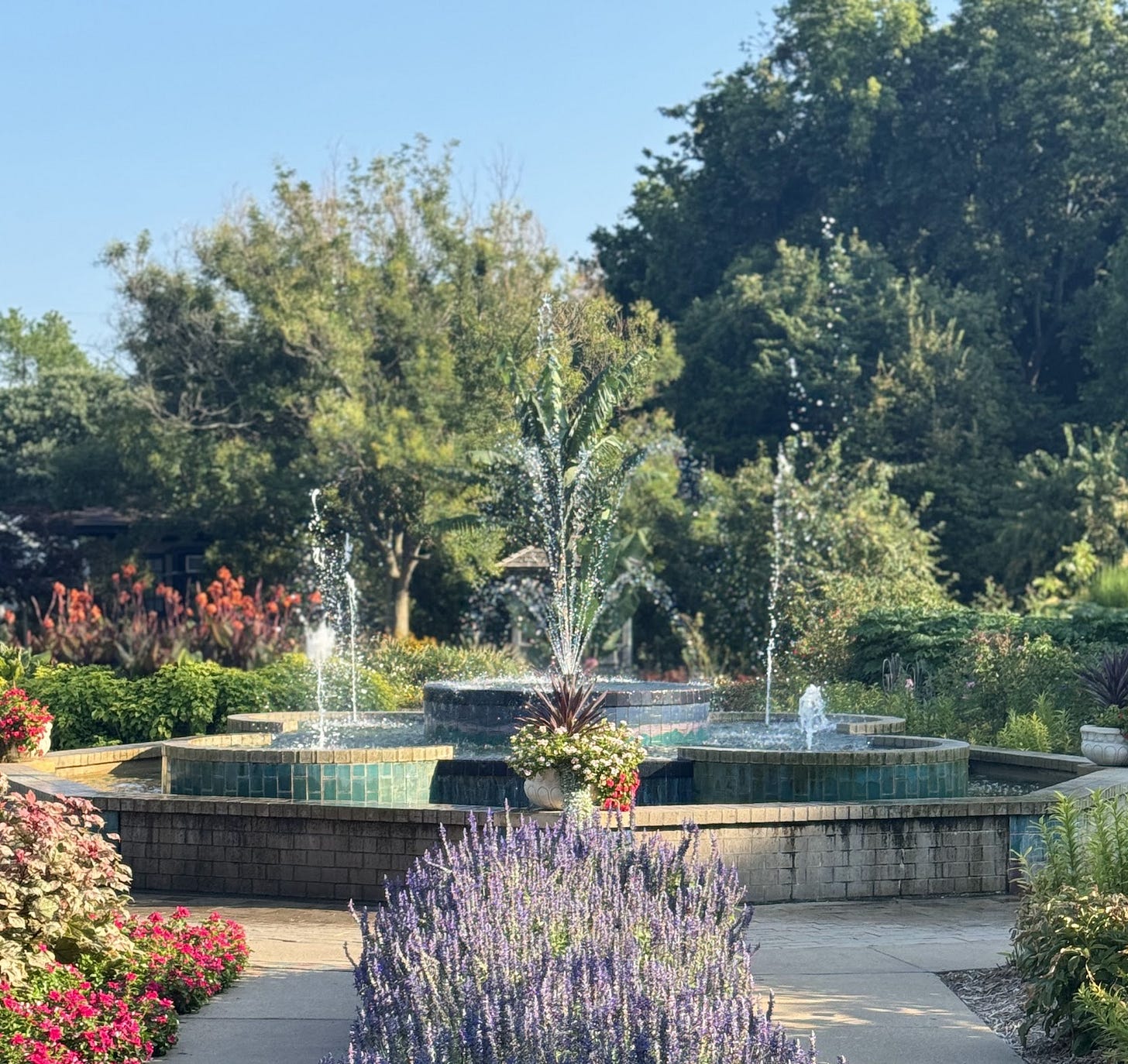
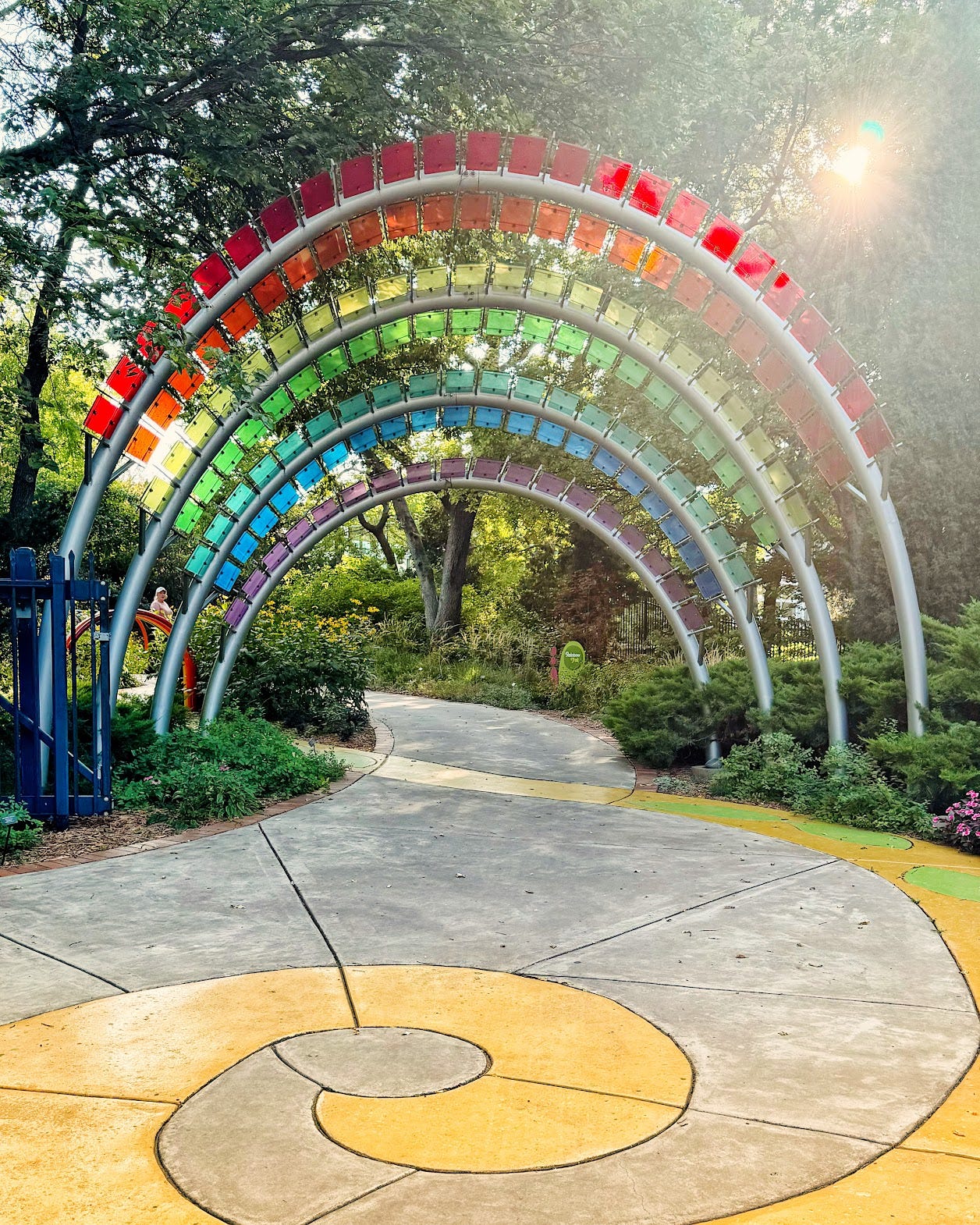
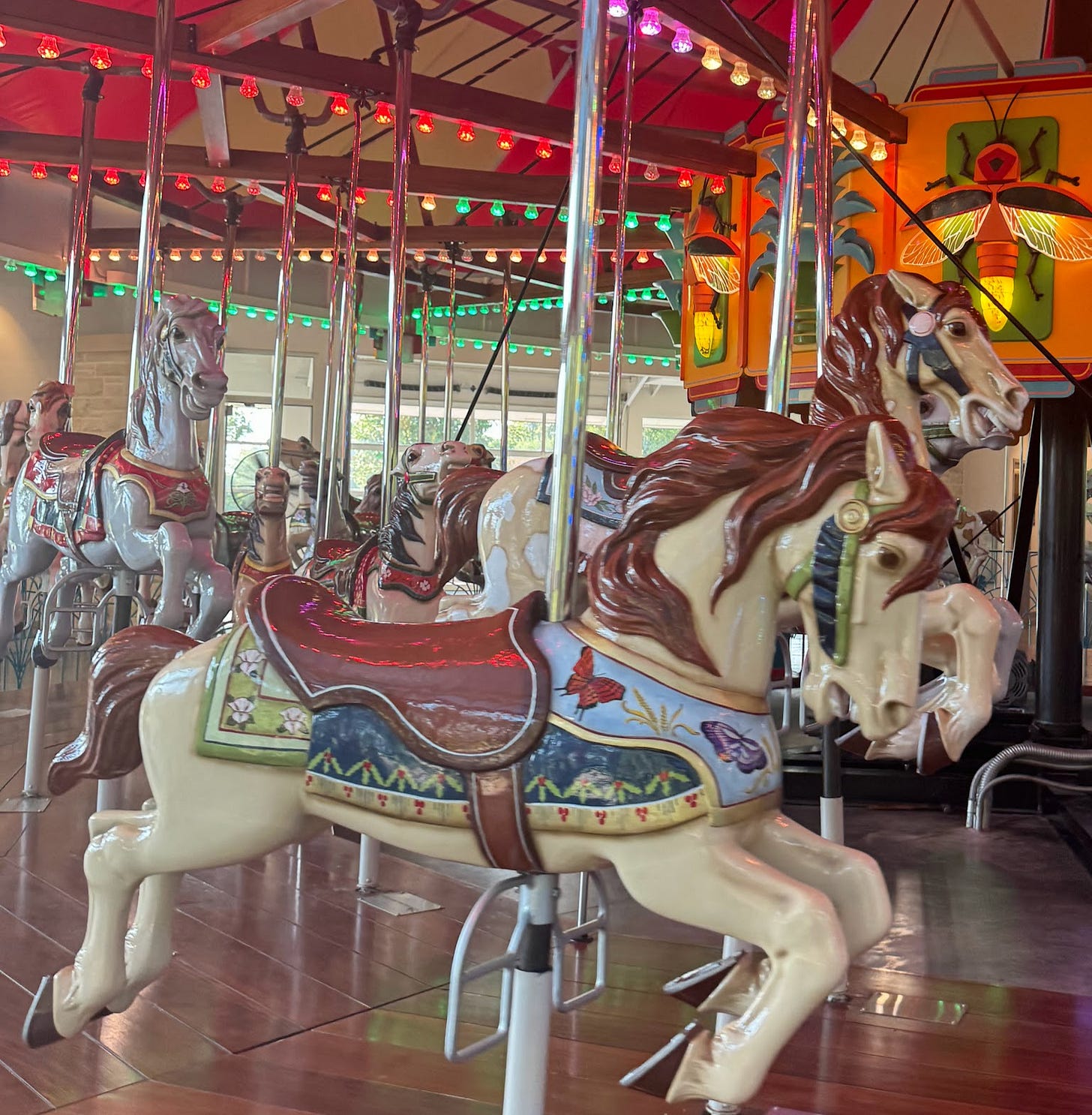


I encourage you, for history and botany, to read the historic nonfiction book "Brave the Wild River" by Melissa Sevigny, about two female botanists rafting the whole Colorado River through the Grand Canyon in 1938, and all the sexism and challenges they face. (I might have already recommend this to you, sorry if so, but it's SO good!) As for abolition and slavery -- I am almost done with James and also it is SO good! Whether your students read Huck Finn or not, this works well on its own.
Studying for a botany test sounds like a Choose Your Own Adventure story